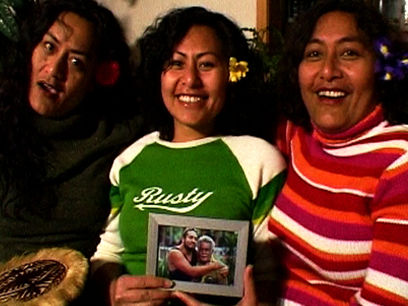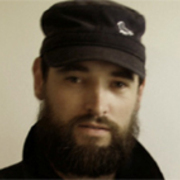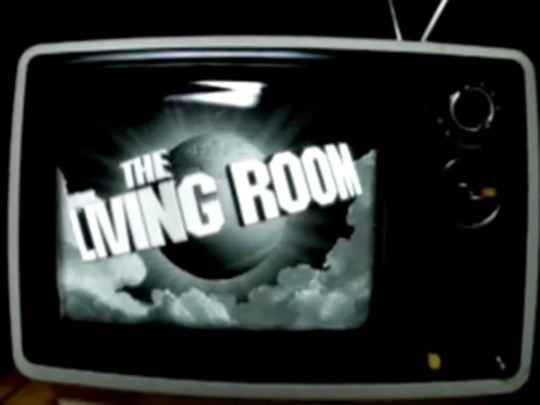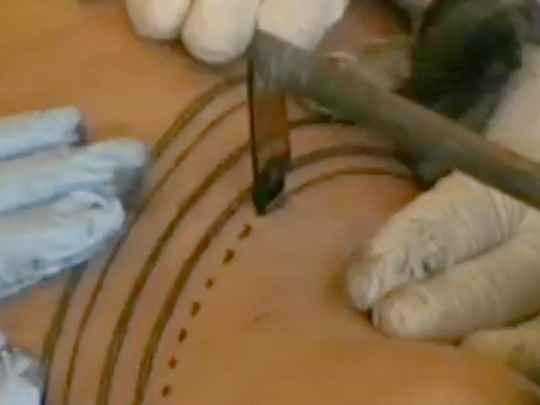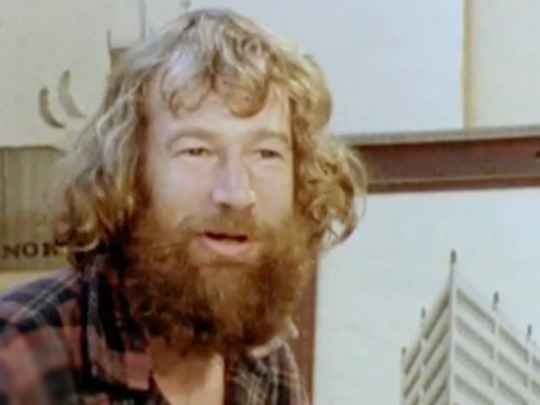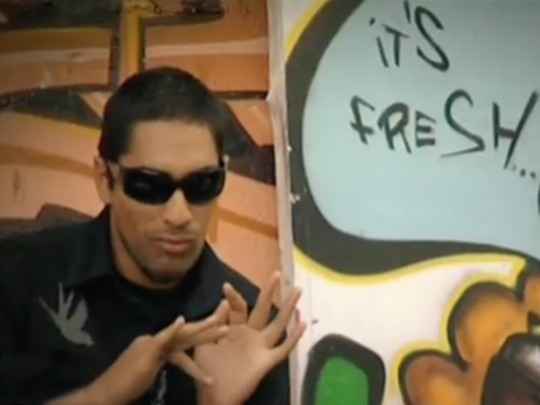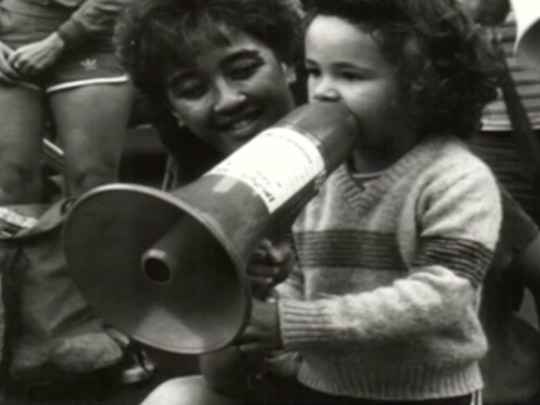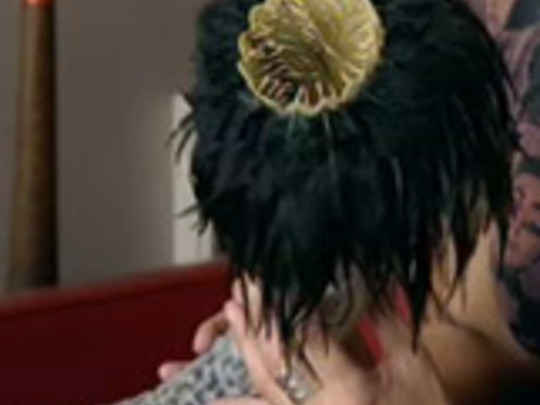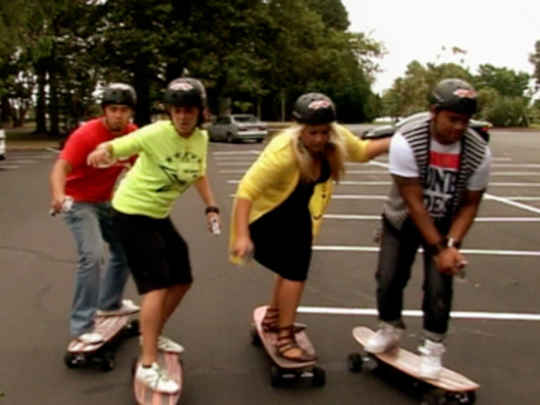The Living Room - Series One, Episode Two
Television (Full Length Episode) – 2002
The Living Room: A Different Kind of Arts Show
This Sticky Pictures production comprised three seasons, each made up of ten half-hour episodes. Each episode is divided into four segments profiling a different artist or group.
The art-making takes in music, painting, film, fashion, architecture, sculpture, tagging, illustration, dance, writing, poetry, photography and design to ... just about anything, so long as it "keeps on pushing" (as one of the featured artists, The Black Seeds, put it).
The criteria for selecting the creative Kiwis featured in The Living Room seems to be only that their imagination has taken flight in interesting and passionate ways. The artists featured are mainly new generation, but many would go on to become seriously successful (eg Flight of the Conchords, Taika Waititi and bro'Town creators The Naked Samoans).
Each episode is introduced by a different artist: the style is laid-back and informal, as he or she welcomes viewers into their own living room. The title refers to the ubiquitous Kiwi TV room, and to each artist's creative living environment — their studio, bedroom, garage, beach, etc.
In the slickly-designed opening titles, actor/director Louis Sutherland, dapper in tuxedo and with Martini in hand, watches telly while lounging in a ornate hall. The hall morphs into a cramped elevator. As the elevator descends, everyday people get in at each floor (each ad break) and watch what's on the box with Louis (the season two opening went for an unusual industrial laboratory, which created newborn tuxedo-clad humans).
It all sets the tone for the show's fresh approach, shirking the lengthy one-on-one armchair interview for short and sharp snapshots. The Living Room's innovation was to take the basic magazine show format, and mix it with contemporary storytelling techniques drawn from music video and extreme sports (eg jump cut editing, dynamic shooting and an alternative music soundtrack).
The respect for each artist, and what they're all about, lends the potentially generic mix authenticity. You get a sense the directors are committed to finding a shooting style true to the featured artist, and to conveying what makes them tick. It's reality TV, but in a good, soulful, way; as Sticky boss Mark Albiston put it: "I wanted it to be about real things".
The result is an honest perspective on contemporary, urban and alternative culture. For 18 to 45-year-olds in the audience, starved of intelligent, street level arts programming, it brought fresh air to a fusty tradition of ‘worthy' arts productions. For the artists the segments are five-minute gems: shining, stellar adverts for their art-making, and for Aotearoa, the series is a celebration of our diverse 21st Century creative energy.
A core production group all shared in the directing, camera operating, sound and editing. Corralled by Albiston, they included Simon Baumfield, Sima Urale and Chris Graham, plus in later series Mike Bridgman, Jason Naran, Bernadine Lim, Nathan Morris and Jane Wynyard.
Sticky Pictures was formed when its directors Albiston and Amelia Bardsley returned to New Zealand after a three year working sojourn in London. Albiston had worked in television and Bardsley was a commercial lawyer. On their return to New Zealand in 2000 they worked towards producing, according to Albiston, "the kind of TV I like".
The first season (of three) aired on TV3 in 2003. The Living Room proved to be the kind of TV that critics and judges liked, collecting multiple gongs at both industry awards shows that year. At both the 2004 and 2005 NZ Screen Awards it picked up gongs for Achievement in Directing (Factual/Entertainment/Lifestyle), and Best Lifestyle/ Entertainment Programme.
[Research by Mihi Murray]
